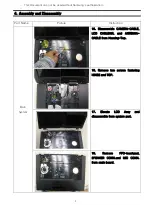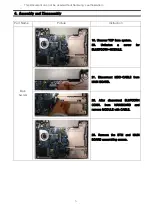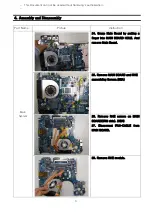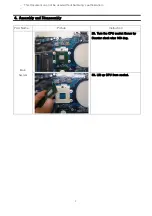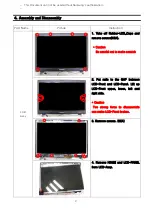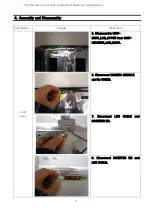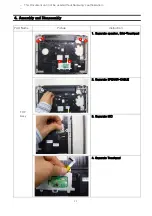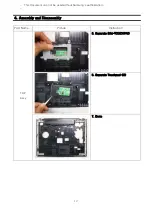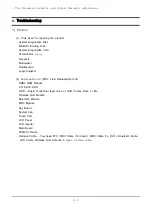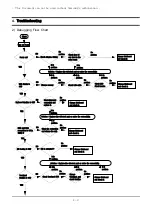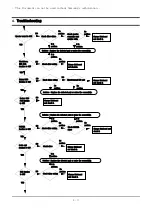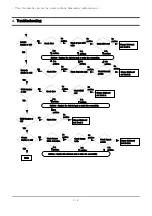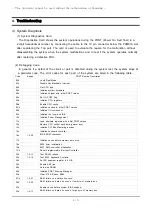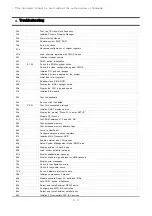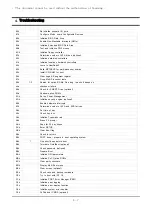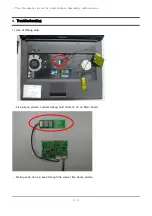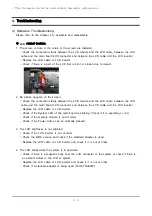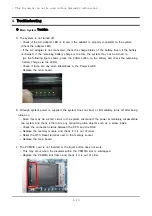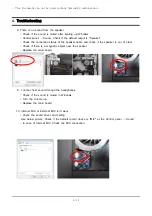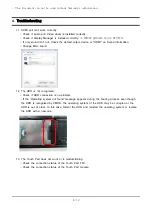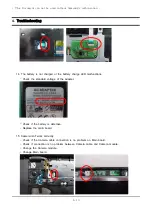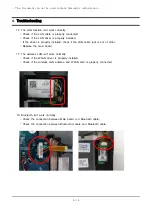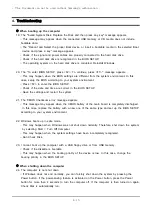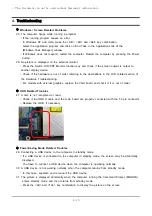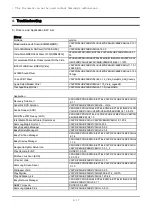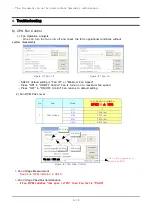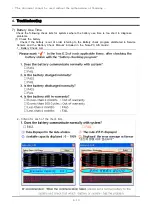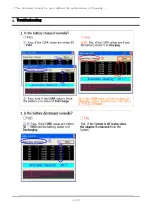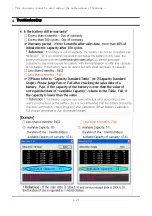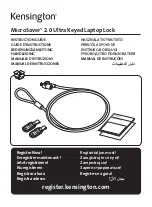
4- 6
4.
Troubleshooting
32h
Test the CPU bus-clock frequency
33h
Initialize Phoenix Dispatch Manager
36h
Warm start shutdown
38h
Shadow system BIOS ROM
3Ah
Auto size cache
3Ch
Advanced configuration of chipset registers
3Dh
Load alternate registers with CMOS values
42h
Initialize interrupt vectors
45h
POST device initialization
46h
2-1-2-3
Check the ROM copyright notice
48h
Check the video configuration against CMOS
49h
Initialize PCI bus and devices
4Ah
Initialize all video adapters on the system
4Bh
Quiet Boot start (optional)
4Ch
Shadow video BIOS ROM
4Eh
Display the BIOS copyright notice
50h
Display the CPU type and speed
51h
Initialize EISA board
52h
Test the keyboard
54h
Set key click if enabled
58h
2-2-3-1
Test for unexpected interrupts
59h
Initialize POST display service
5Ah
Display the prompt "Press F2 to enter SETUP"
5Bh
Disable CPU cache
5Ch
Test RAM between 512 and 640 KB
60h
Test extended memory
62h
Test extended memory address lines
64h
Jump to UserPatch1
66h
Configure advanced cache registers
67h
Initialize Multi Processor APIC
68h
Enable external and CPU caches
69h
Setup System Management Mode (SMM) area
6Ah
Display external L2 cache size
6Bh
Load custom defaults (optional)
6Ch
Display shadow-area message
6Eh
Display possible high address for UMB recovery
70h
Display error messages
72h
Check for configuration errors
76h
Check for keyboard errors
7Ch
Set up hardware interrupt vectors
7Eh
Initialize coprocessor if present
80h
Disable onboard Super I/O ports and IRQs
81h
Late POST device initialization
82h
Detect and install external RS232 ports
83h
Configure non-MCD IDE controllers
84h
Detect and install external parallel ports
85h
Initialize PC-compatible PnP ISA devices
- This document cannot be used without the authorization of Samsung -

